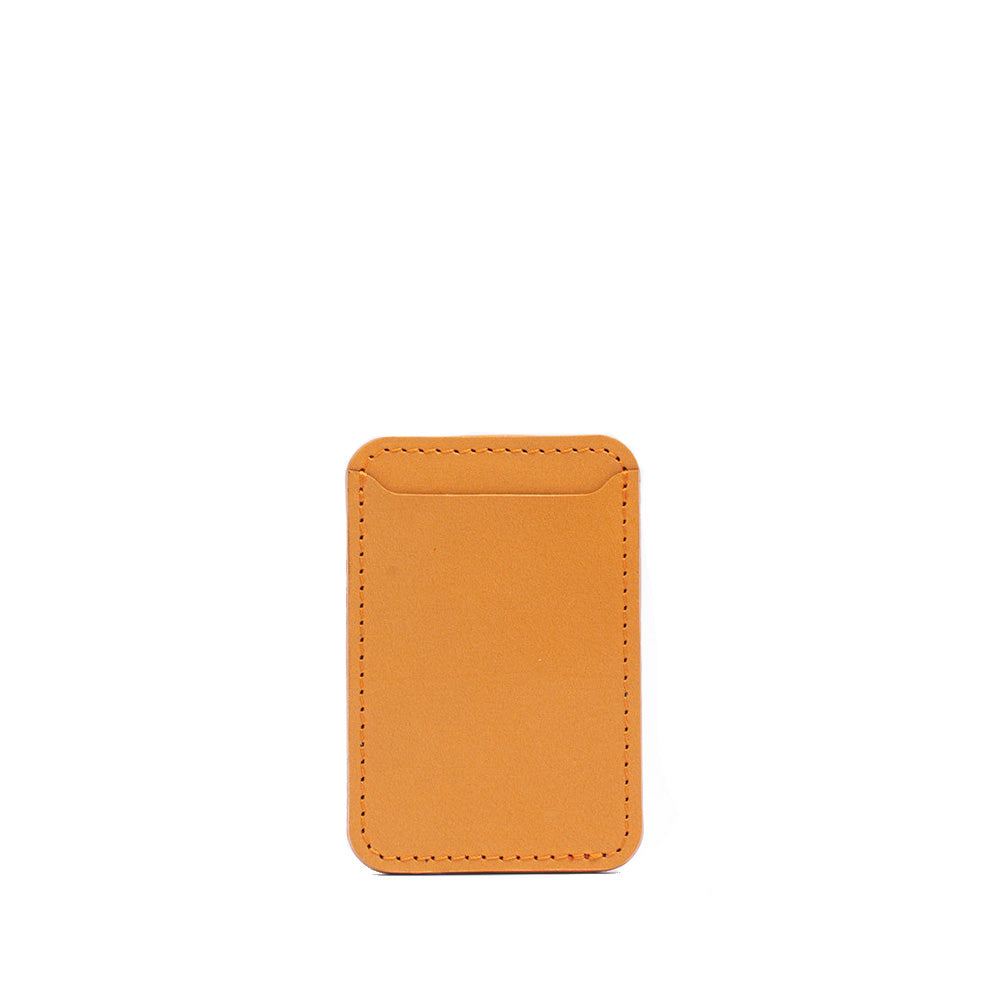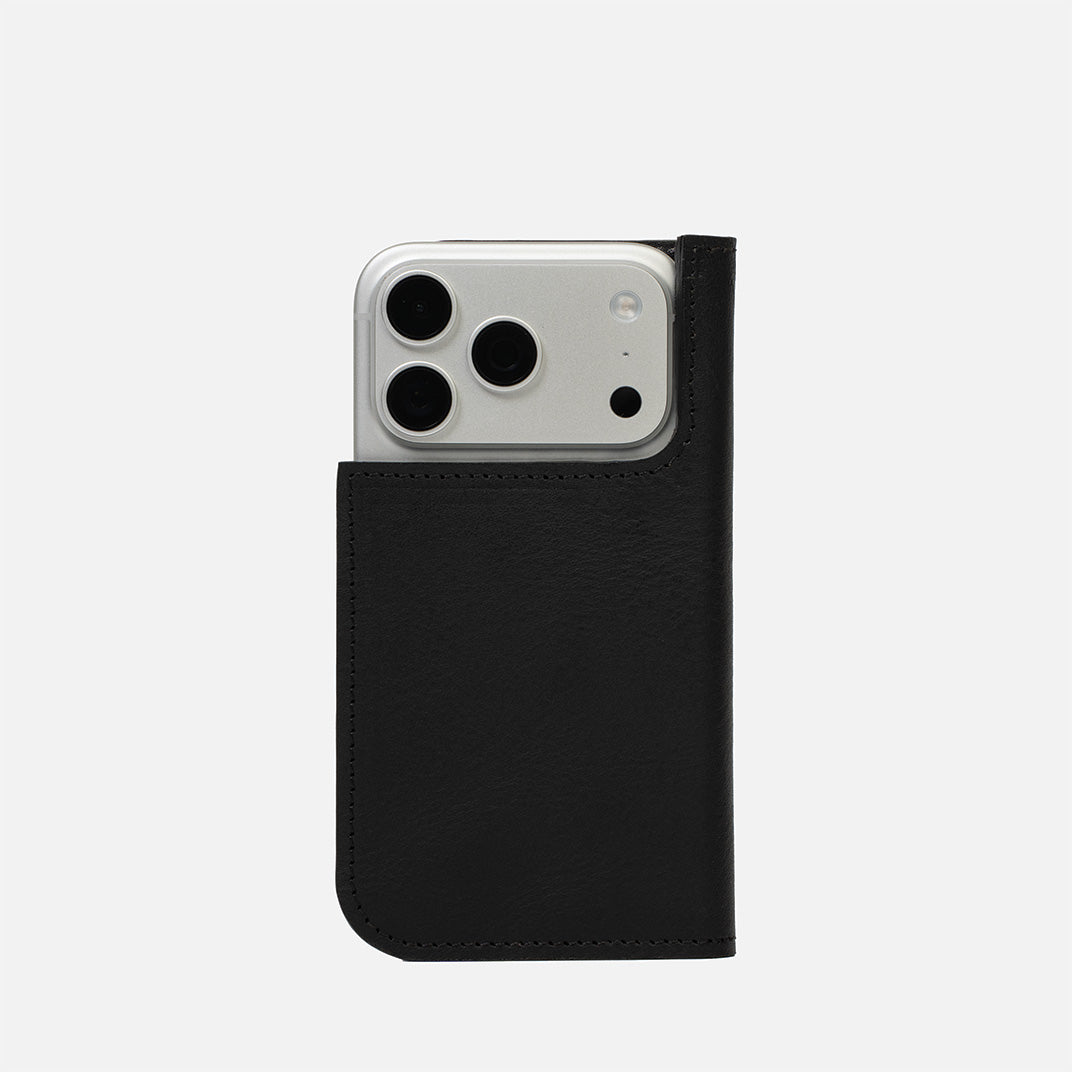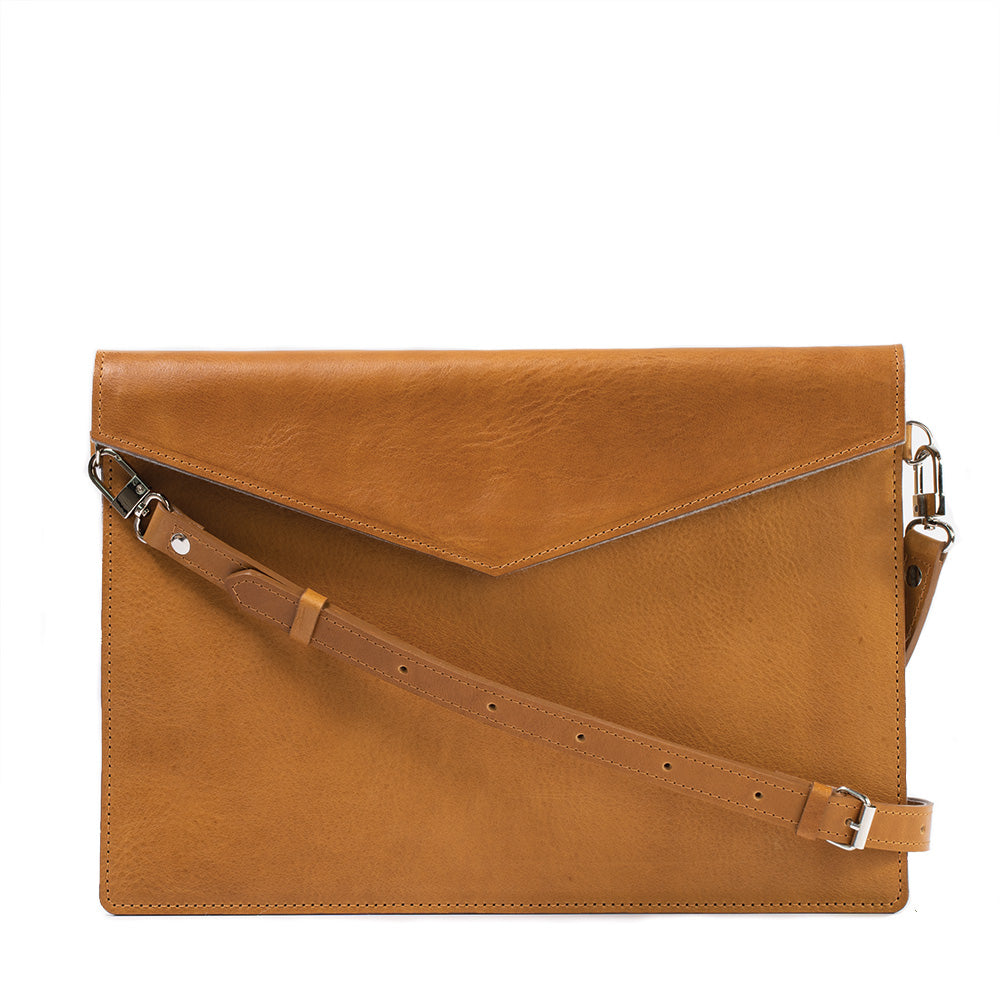Understanding the Basics
The USB-C port on the iPad Pro M4 serves as the nexus for all physical connectivity, offering a versatile and powerful interface that supports high-speed data transfer and video output. This single port can handle multiple types of connections, making it a streamlined and effective solution for various external device interactions.
Types of Connections Supported
HDMI
To connect the iPad Pro M4 to an HDMI display, a USB-C to HDMI adapter is required. This connection is ideal for presentations or streaming video content to larger screens, providing support for high-definition video and audio transfer.
DisplayPort
Similar to HDMI, connecting to a DisplayPort requires an adapter—specifically, a USB-C to DisplayPort cable. This type of connection is favored for high-resolution monitors often used in professional settings, supporting even higher definition outputs and refresh rates necessary for detailed graphic work.
These adapters transform the USB-C port into a multi-functional tool that extends the iPad Pro M4’s display capabilities. Whether you’re looking to mirror the iPad screen for a presentation or extend your workspace with a second monitor, the versatility of USB-C makes these tasks seamless and efficient. By understanding and utilizing these connectivity options, users can significantly enhance the functionality of their iPad Pro M4, turning it into a more dynamic tool suited for a variety of professional and personal applications.
Step-by-Step Guide to Connecting to an External Monitor
1. Choose the Right Adapter
First, you’ll need an appropriate adapter. The iPad Pro M4 uses a USB-C port, so depending on the inputs available on your monitor, you may need a USB-C to HDMI or USB-C to DisplayPort adapter
2. Connect the Adapter to Your iPad
Plug the USB-C end of your chosen adapter into the USB-C port on your iPad Pro M4.
3. Connect the Monitor
Attach the other end of the adapter (HDMI or DisplayPort) to your monitor. Use an HDMI cable for an HDMI adapter or a DisplayPort cable for a DisplayPort adapter.
4. Power on the Monitor
Ensure your monitor is turned on. You may need to select the correct input source on your monitor, corresponding to the port used (HDMI or DisplayPort).
5. Adjust Settings on Your iPad
Once connected, your iPad should automatically detect the external monitor. You can adjust display settings such as resolution and orientation by going to Settings > Display & Brightness on your iPad.
Discussion of Compatible Adapters and Cables
Adapters:
- A USB-C to HDMI adapter is suitable for most TVs and monitors and supports both video and audio output.
- A USB-C to DisplayPort adapter is ideal for high-resolution monitors, supporting up to 4K resolutions at higher refresh rates than HDMI, essential for detailed graphic work or high-speed gaming.
Cables:
- Ensure that the HDMI or DisplayPort cables are high quality to handle the bandwidth requirements of modern displays, especially if you are aiming for 4K resolution and beyond.
Compatibility Notes:
- Not all USB-C adapters are created equal. It’s recommended to use adapters that support "Alternate Mode" which allows the USB-C port to directly pass video signals.
Supported Resolutions and Refresh Rates
Resolution
The iPad Pro M4 can output to external displays at resolutions up to 4K (3840x2160), ensuring crisp and detailed visuals suitable for high-definition content viewing, professional video editing, or detailed graphical design work.
Refresh Rates
Depending on the monitor and connection type, the iPad Pro M4 supports refresh rates up to 60Hz through HDMI. This rate is sufficient for smooth video playback and responsive graphic design work, though professional gamers or video producers might prefer higher refresh rates available through other specialized hardware.
Organize Windows on Your iPad and External Display with Stage Manager
One of the standout features of the iPad Pro M4 is Stage Manager, a tool designed to enhance multitasking by allowing users to manage windows efficiently on both the iPad and an external display. Stage Manager supports external displays with up to 6K resolution, providing seamless access to multiple windows and apps for a productive workflow.
Using Stage Manager
To use Stage Manager, follow these steps:
1. Connect Your iPad to an External Display2. Activate Stage Manager:
- Open Control Center on your iPad.
- Tap the Stage Manager button
 to enable the feature
to enable the feature
Once activated, the main app window you’re working on is prominently displayed in the center, allowing you to focus on your current task without going full screen. Other open apps are arranged on the left side in order of recent use, making it easy to switch between them.
Features of Stage Manager
Stage Manager offers several features to optimize your multitasking experience:
Resize Windows:
- Adjust the size of your windows to perfectly fit your task requirements. This flexibility ensures that you can create a customized workspace tailored to your needs.
Move Windows:
- Easily move windows around on the center canvas to organize your workspace. This feature allows you to position your windows in a way that best suits your workflow.
Access Favorite Apps:
- Use the Dock to access your favorite apps and the ones you’ve used recently. This provides quick and easy access to the tools you need most.
Utilize App Library:
- Quickly find the app you want to use with the App Library, ensuring that you can efficiently switch between different applications.
Create App Sets:
- Drag and drop windows from the side or open apps from the Dock to create app sets. These sets can be tapped to quickly return to a specific group of apps, streamlining your workflow.
Move Files and Windows:
- Seamlessly move files and windows between your iPad and the external display. This integration allows for a cohesive and efficient multitasking environment, enhancing your productivity.




